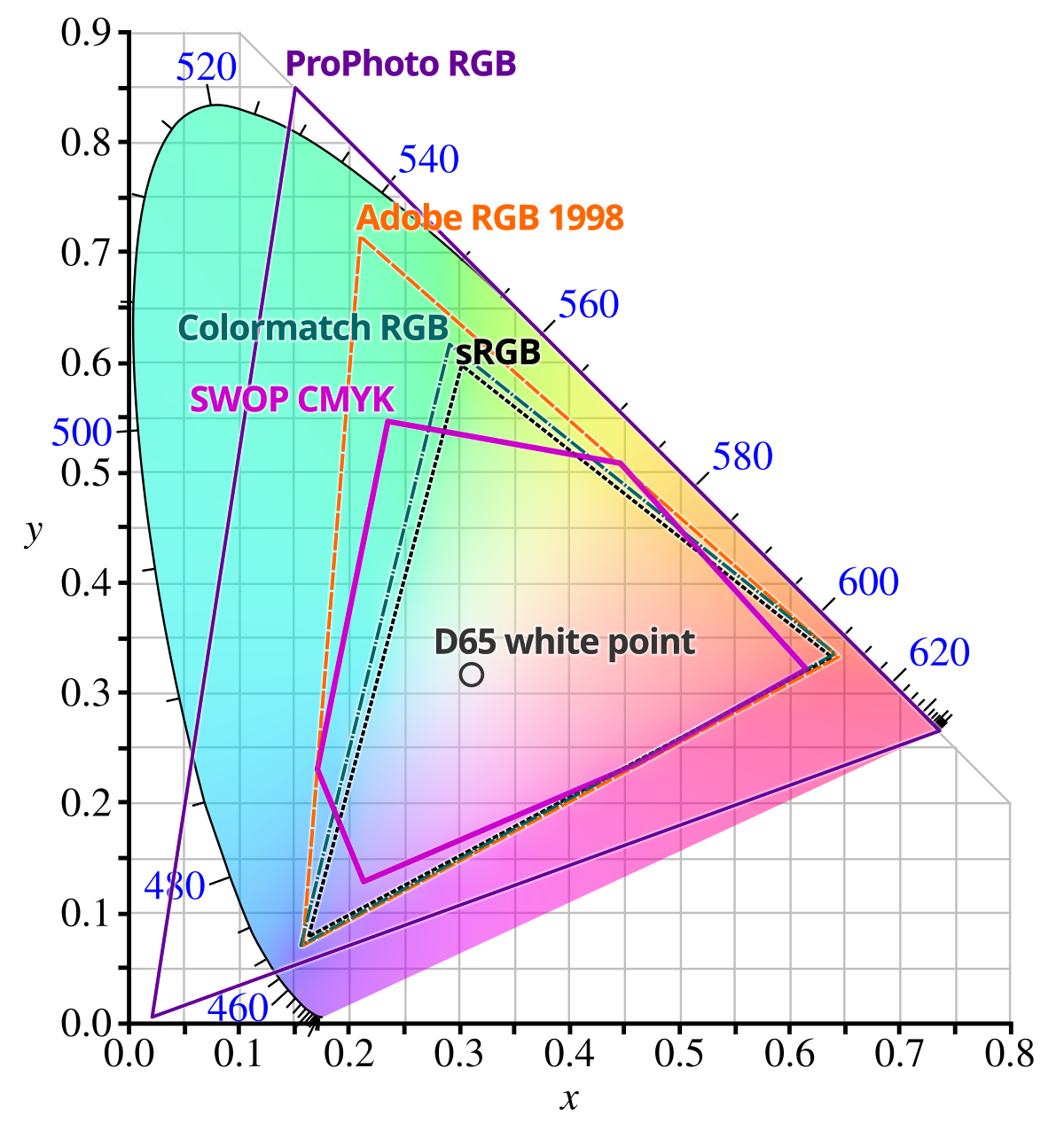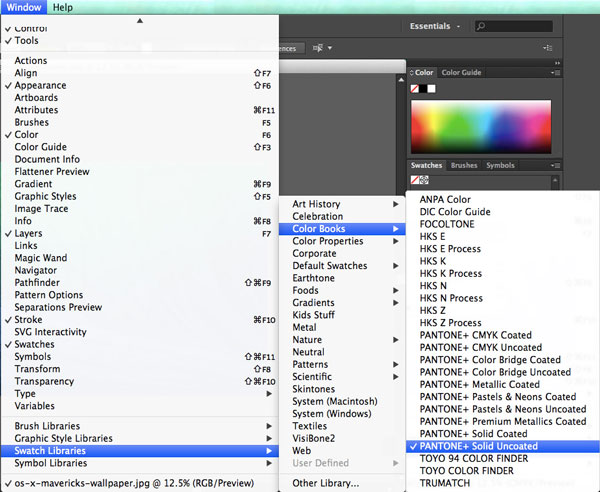Color conversion. Color code converter. Color codes chart. Color conversions. Color code converter. HEX value is 6 digits (rrggbb). RGB values are in range of 0.255. The Virtual Munsell Color Wheel is a simple online tool that lets you browse the Munsell color notation in your web browser. Munsell notation, RGB decimal. I'm looking at at document that describes the standard colors used in dentistry to describe the color of a tooth. They quote hue, value, chroma values, and indicate they are from the 1905 Munsell. CT&A RGB vs RGB L*a*b* input to Munsell. You can select any of the 4000 color chips in the Munsell Color Deck. You can convert to a combination of between two to.
- Munsell Color Converter
- Munsell Color Space
- Rgb To Munsell Color Conversion
- Munsell To Pantone Conversion
The Munsell color system was designed as a series of discrete color chips which closely approximation to the color sensitivity of the human eye. The description of color via three variables tied to perceptible properties (hue, value, and chroma) under a standardized illuminant (sunlight on a clear day) makes the Munsell system a good choice for recording and interpreting soil color data. However, numerical analysis of colors encoded in the Munsell system is difficult because they are from a discrete set of color chips and referenced by values that include both letters and numbers. Rossel et. al. (2006) give a good background on various color space models and their relative usefulness in the realm of soil science. The conversion of Munsell soil colors to RGB triplets, suitable for displaying on a computer screen or printing, is made complicated by the numerous operations involved in converting between color spaces. Figure 1 shows all possible (both real and unreal) Munsell color chips in the L*U*V color space. Figure 2 shows some of the common soil color chips in the same color space. Figures 2 through 5 depict common soil colors in the RGB color space, visualized both in R and POVRAY. Example R code on the conversion is given below.
Munsell color data can be downloaded here.
Color conversion equations here.
Figure 1: Munsell color chips. | Figure 2: Common soil colors. | Figure 3: Commom soil colors in RGB | Figure 4: Soil colors in multiple color spaces |
Figure 5: Soil profile colors. |
References:
- Rossel, R.A.V.; Minasny, B.; Roudier, P. & McBratney, A.B. Colour space models for soil science Geoderma, 2006, 133, 320-337.

Manual Conversion in R
Setup environment and load lookup table data
Convert xyY to XYZ [Equation Reference]
Perform Chromatic Adaption Functions in the colorspace package, and sRGB profiles assume a D65 illuminant [Reference]
Convert XYZ (D65) to sRGB (D65), step 1 this assumes that XYZ is scaled to (0,1) [Reference Primaries for sRGB]
Convert XYZ (D65) to sRGB (D65), step 2 (sRGB, gamma = 2.4) [Conversion Function to sRGB]
Attachment:
I am hoping I could get some help developing a an idea I have for archaeologists/soil scientists using an arduino and the TCS3200 colour sensor. The idea I have is a simple device which can determine munsell colours with more accuracy and speed. The current conventional method is to use colour chips/swatches found in the Munsell system booklet and match them as close to examples of sediment/soil found at archaeological sites. The problem with doing this method is that it is highly subjective, and time consuming.
Mar 03, 2011. Deluxe 3D Home Architect Design Suite Deluxe v8.0 crack Rating Related Downloads Downloads 3D Home Architect Design Deluxe 8 keygen 10261 3D_Home. 3d Home Architect Design Suite Deluxe 8 Serial Numbers. Convert 3d Home Architect Design Suite Deluxe 8 trail version to full software. Broderbund 3d home architect. 3d Home Architect Design Suite Deluxe 8 serial numbers, cracks and keygens are presented here. No registration is needed. Just download and enjoy.
My idea is to use the Adafruit TCS34725 to read and detect the RGB colour of the sediment (in the RBG colour space) and convert the data into the Munsell System. I have all the data of what RGB ratio corresponds to each Munsell colour -- which I have downloaded from this site: www.cis.rit.edu/research/mcsl2/online/real_sRGB.xls
My problem is that when I use the sketch provided, I can not figure out how to use the 'if' statement to 'Serial.print' what the munsell colour corresponds to the RGB colour detected by the sensor.
My ultimate goal is to modify the colour view sketch here see: colorviewI would like to keep the everything provided but change two things, I would like to convert RGB into Munsell using the data provided by the RIT link and also add a screen and button to start the read process and display the colour. Free download game pokemon gold gba zip.
Munsell Color Converter
If some one would be willing to help me that would be great!,
1 Answer
I have some thoughts on your task. First of all colorimetry is a science on its own. I know people working in this field for decades with equipment costing many millions of €. They all share some basic wise words. One is: 'Because we all see colours we think measuring colous is an easy task. The opposite is true. Many of the best colorimetrists are colour blind.' One second is: 'Without light there is no colour'. I will write on this later.
Colorimetry in fact is a complex matter. Between a colored piece of stone and a numerical value normally lie a lot of transformations and convolutions. And inbetween there are also lurking many error sources.
This said, I'm sure it will be possible to produce somewhat acceptable results with your sensor. Provided you do a proper calibration and add a calibratable light source.
Speaking of light source. A piece of stone can only reflect incident light (except some uranium/radium salts, you don't want to deal with). Pigments are basically LTI-systems (aka passive filters). This means they can only reflect wavelengths which are present in the incident light. And the will reflect a well defined and individual proportion of each wavelength regardless the luminous flux of the incident light. This means, if your incident light contains nearly no blue light then the stone or whatever you want to examine will reflect only the fraction of 'nearly no light' it typically does reflect of any amount of blue light.
So the remission spectra of all pigments get shaped (multiplied) by the spectrum of the incident light. Your sensor sees only the reflected light and therefore will give totally different results for one and the same object depending on the incident light. Look up the spectra for daylight and incandescent light and think about the results of your sensor.
Munsell Color Space
To make a long story short, you can only yield reproducable measurements if you supply your own light source along with the sensor. This is in fact the way all colour meters work.The only other way was to measure the full spectrum of the incident light. Reasonable portable spectroradiometers for this purpose cost 5000 €. So it's better to go for a light source :).
As they are rather affordable I recommend using LEDs to make up a light source for examination. But LEDs suffer from several drawbacks. They tend to change their output spectrum with their chip temperature and ageing processes. So you have to supply a proper calibration procedure for your measuring equipment. And you better do the calibration sequence before every measurement.

You then have to design an apparatus which allows the light from your LED fall onto your samples (stones, sediments or so) but prevents other scattered or direct light to enter your sensor. Otherwise all measurements will be crap.
While this is not a direct answer to your question, I think the topic is important enough to write an elaborate pamphlet.
Update
Now some more words more closely related to your problem.
In general loading a huge excel table into your arduino is not necessarily a good idea, even if a big 'if'-code array was possible. Storage is scarce on this platform.
Rgb To Munsell Color Conversion
If you combine a lookup table with interpolation, you can save much space. You would have to omit 90% of all datapoints and estimate all in between when measuring. Still the table will be rather big, because you have three degrees of freedom.
Another drawback of big tables and LUT with interpolation is, that it makes calibration difficult. Normally, when you calibrate your sensor, you have to adjust the parameters along the calculation. If you rely on a table, you have to exchange the whole table, regardless if it is something like that excel thingy or a condensed lookup table.
Minecraft Hacked Client for Minecraft 1.3.2 with Download Minecraft 1.3 Hacked Client Venom Nodus. Download free minecraft hack client venom. Sep 08, 2012 Hallo, in diesem Video stelle ich den hack client Venom vor. (Made by: VpR Hax0r) ===== Download: Gebt bei Google 'minecraft hack client Venom download. We are well into 2016 and we have compiled the the ultimate best Minecraft hacks of 2016 list, all free More + Download Wolfram Hacked Client for Minecraft 1.8.x.
If you go for an analytical solution, as suggested in one comment, the number of parameters you have to update after calibration reduces drastically. Effectively you have to adjust some factors and offsets in the equations for this problem. Of course you will have to learn the ropes of the photometric equations, but you will have to do that anyway, I think.
Inferno dan brown epub italiano download. Some more words on the design of your appartus. Your idea of a cylinder in front of your probe is good. I recommend to fit it with a rim of black foam rubber, so you can seal light coming from outside. And you have to paint the inside of your cylinder as black as you can. See the interiour of a camera objective for reference.
If it is white you will have multiple reflections and multiple filtering which deteriorates your measurement results vastly.